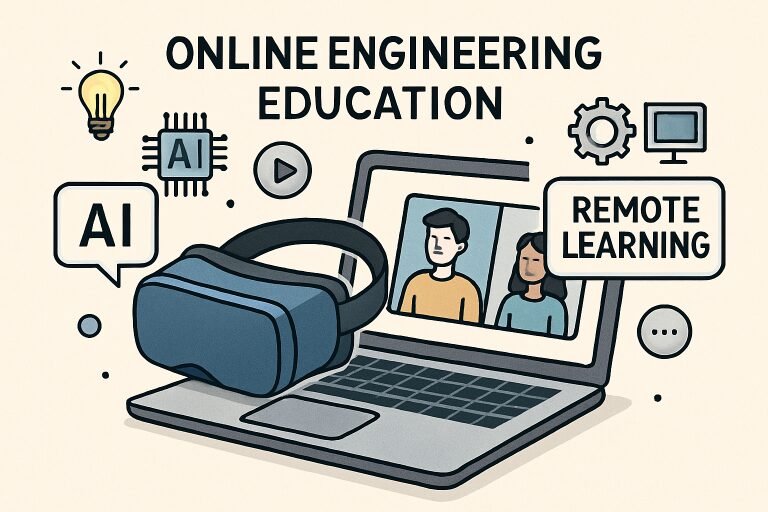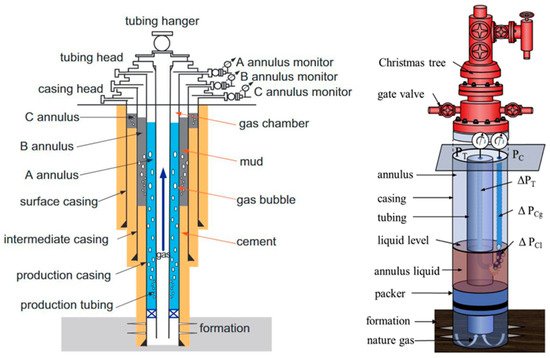Key Takeaways
- AI, VR, and other digital tools are profoundly influencing online engineering education.
- Soft skills and interdisciplinary teamwork are increasingly valued alongside technical know-how.
- Online engineering degrees are now viewed more favorably by employers and accrediting bodies.
- Continuous, modular learning is vital for staying ahead in engineering careers.
Online engineering education is evolving rapidly, driven by technological breakthroughs, shifting employer demands, and an increasing need for flexible learning options. As more students and professionals opt for online formats, the landscape is transforming—shaping not only how engineers learn but also what they need to know to succeed. For those aspiring to lead teams and manage technical projects, an Engineering Management degree online offers the skills and versatility that the modern workforce demands.
With a focus on both advanced engineering concepts and interdisciplinary collaboration, online programs are breaking traditional barriers. Today’s engineers must demonstrate adaptability, a mastery of digital tools, and strong communication skills. These shifts in education are addressing the needs of employers and society, setting the stage for lifelong professional growth in the field.
Integration of Advanced Technologies
The digital sphere is redefining what it means to earn an engineering degree. In particular, artificial intelligence (AI) and virtual reality (VR) tools are enabling richer online experiences. Through AI-powered tutoring, students benefit from personalized feedback and adaptive learning modules that cater to their individual needs. VR simulations help bridge the gap between textbook theories and real-world engineering scenarios, providing hands-on practice with complex systems without requiring physical presence. These advances make engineering concepts not just accessible but also engaging and immediately applicable.
Leading universities, such as the University of Miami, are investing in cutting-edge online labs and interactive platforms to give students meaningful practice. As discussed in Inside Higher Ed, institutions using VR and AI in STEM education are seeing improved engagement and learning outcomes—a trend likely to accelerate.
Emphasis on Interdisciplinary Collaboration
Modern engineering challenges rarely fall within the scope of a single discipline. Online programs are responding by incorporating fields such as data science, business management, and ethics into their curricula. This collaborative, broad-based approach mirrors the demands of the job market, where engineers must frequently communicate and innovate across industry boundaries.
Students might tackle projects that mix technical design with market analysis or explore the social responsibilities of new technologies. As digital platforms scale and diversify, such interdisciplinary offerings will become the norm, helping future engineers to develop a holistic understanding of their role in society.
Enhancing Soft Skills
In today’s competitive job market, engineers are expected to possess more than technical expertise; they must also demonstrate strong collaboration, communication, and problem-solving abilities. Online engineering programs are adapting to this demand by integrating interactive learning methods such as group projects, virtual presentations, and structured peer feedback. These experiences cultivate essential soft skills, enabling students to work effectively in multidisciplinary teams, navigate conflicts, and contribute creatively to complex challenges. By emphasizing both technical and interpersonal competencies, these programs prepare graduates to thrive in diverse professional environments, from corporate engineering teams to research and development labs, ensuring they can lead, innovate, and adapt successfully in dynamic, real-world settings.
According to a Forbes article on workplace trends, soft skills are a critical differentiator for engineering professionals seeking leadership roles, underscoring their importance in educational programs.
Improved Accreditation and Employer Perception
Early skepticism about online degrees is giving way to widespread acceptance, thanks to more rigorous accreditation standards and the increasing recognition of the quality these programs deliver by employers. Accreditation agencies have refined criteria to ensure online curricula meet industry benchmarks, resulting in graduates whose skills mirror those of their campus-based peers.
As employers witness firsthand the competency and adaptability of online-trained engineers, the stigma once attached to distance education is quickly fading. Many organizations now actively recruit graduates from reputable online engineering programs, further leveling the playing field for remote learners.
Continuous Learning and Adaptability
In today’s fast-paced technological landscape, engineers must continually update their knowledge to remain competitive. Rapid advancements in software, hardware, and emerging technologies mean that skills can become outdated quickly, making continuous upskilling a professional necessity. Online education platforms are responding with innovative solutions such as micro-credentials, modular courses, and stackable certificates, enabling engineers to acquire new competencies without enrolling in lengthy degree programs. This flexibility allows learners to balance professional responsibilities while staying current with industry trends. Lifelong learning not only supports individual career growth but also addresses organizational challenges, helping companies navigate talent shortages and evolving technical demands. By embracing flexible, accessible learning pathways, professionals can maintain a competitive edge, adapt to shifting job requirements, and contribute effectively to innovation and productivity within their organizations, ensuring long-term career and industry resilience.
Addressing Technical and Organizational Barriers
Innovative technology adoption in online engineering education isn’t without challenges. For example, the use of Internet of Things (IoT) systems in teaching introduces obstacles related to energy management, connectivity, and security. At the organizational level, institutions must address issues such as upfront costs, teacher training, and the integration of curriculum.
Overcoming these barriers requires strategic investment, faculty development, and the engagement of industry partners. By tackling both technical and institutional hurdles, educational stakeholders can ensure that new tools not only enhance curricula but also improve student outcomes.
Conclusion
The evolution of online engineering education is reshaping how students acquire knowledge, bridging technical mastery with interdisciplinary skills. Digital platforms now integrate advanced tools such as virtual labs, simulation software, and AI-driven learning modules, enabling immersive, hands-on experiences that were once possible only in physical classrooms. This approach not only strengthens core engineering competencies but also encourages creativity, problem-solving, and collaboration across diverse fields, preparing students to tackle complex, real-world challenges. Flexibility and adaptability are key, allowing learners to engage at their own pace while balancing practical projects and theoretical studies. Moreover, staying attuned to emerging trends, from new technologies to evolving industry standards, is essential for engineers seeking long-term success. By embracing continuous learning and leveraging innovative online resources, students can develop the skills, resilience, and agility required to excel in a rapidly transforming global workforce, ensuring their contributions remain impactful and future-ready.





